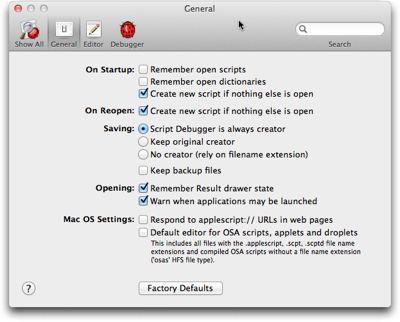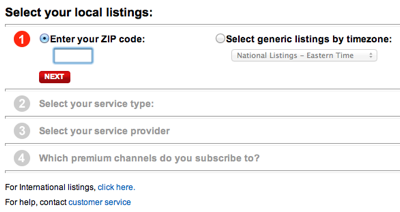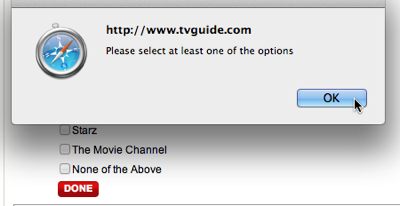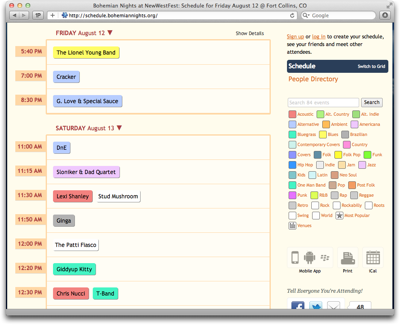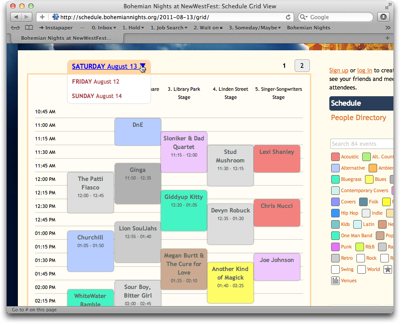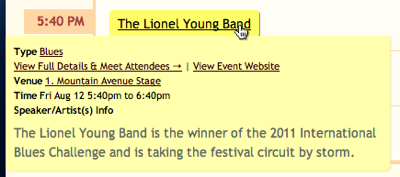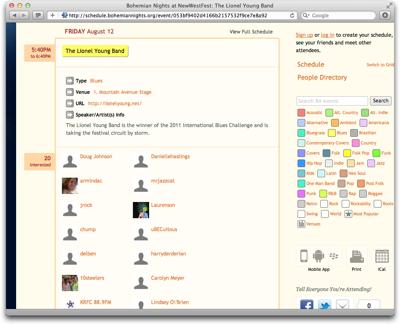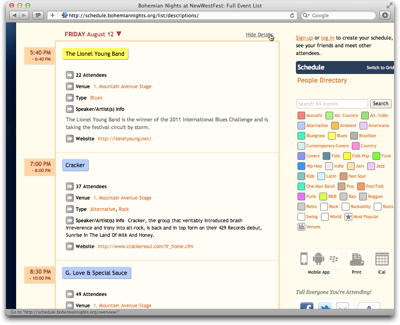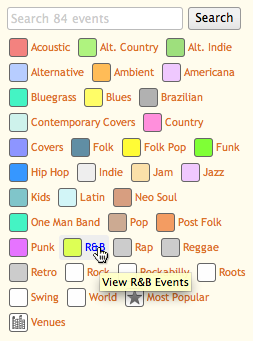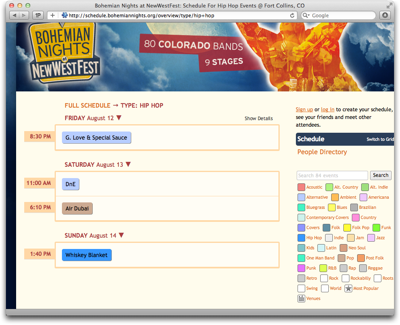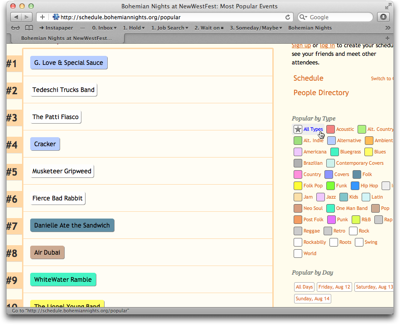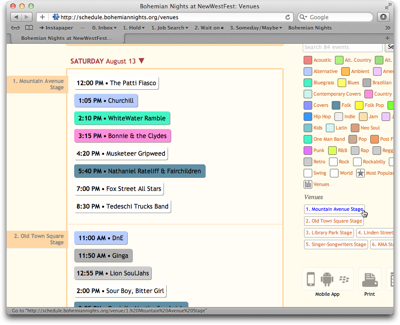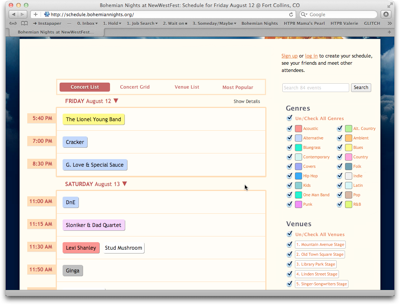A few days ago, I walked to my nearest post office branch to send out some packages. Surprisingly, and disappointingly, they were closed. This poster, affixed to the main door, explained why:
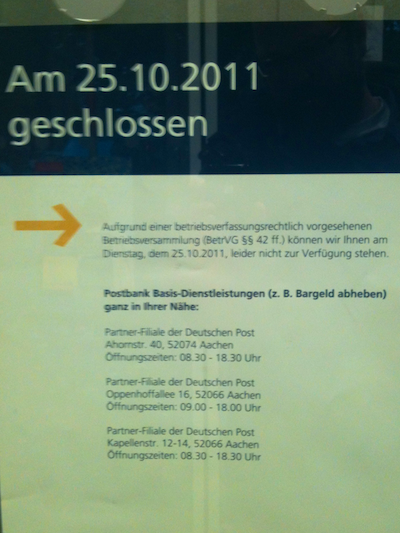
The text on the poster reads:
Closed on 25 October 2011
Unfortunately, we cannot be at your service on 25 October 2011 due to a company meeting as provided for in the [German] industrial relations law ([reference to section of the law]).
Basic Postbank services (e.g., withdrawal of cash) in the near vicinity:
[addresses of three other branches]
Hoping that the temporary closure was limited to this specific branch, I headed over to the main post office near the city center — only to find the same poster there, as well.
After I had wasted more than an hour hauling my packages around town, I couldn’t help but wonder how a better-designed version of the poster could have saved me time, effort, and good mood.
Inform me about what’s going on, but make it precise
The text on the poster is very exact about explaining the reason for the closure, but it fails to explain the closure’s scope. It would have required just a few more words to make this clearer:
Due to an all-hands company meeting, all mail offices in Aachen will be closed on 25 October 2011. We regret that we cannot be of service to you on that day.
Inform me about possible alternatives
Listing three branches that are open and provide at least some services, is helpful. There is a caveat, though: These are not full-service mail offices, but so-called “Partner-Filialen”, i.e. “partner agencies”.
In most cases, what you will find in these locations are Deutsche Post-branded service counters inside regular shops like supermarkets, newsstands, etc. The poster, however, bears the Postbank logo and explicitly refers to “Basic Postbank services (e.g., withdrawal of cash)”.
What if I need to change an insurance contract? Is that service available in any of those three locations? And what about mail services: can I send my packages from there?
Not knowing exactly where which services are available makes it unnecessarily difficult to decide which of the “partner agencies” to go to. Much more so, since, despite the phrase “in the near vicinity”, neither of the three shops is closer than a brisk 20 minutes’ walk from where I saw the poster!
Ideally, the poster would have provided bulleted lists of all services available at the respective partner agency. And Deutsche Post already does have that information in a database, as evidenced by their online branch finder.
Inform me in a context that is useful to me
This branch finder on Deutsche Post’s website displays both full-service branches as well as partner agencies on a map. Clicking on a location brings up a window with opening times, available services, etc.
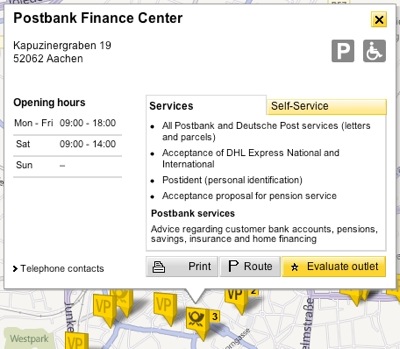
And yet, before I headed out the door with my packages, I had checked the opening times for my nearest as well as the main post office branches via that web page. But there was no mention whatsoever that these would be closed for the day.
What is the point of listing opening times if a branch is not open at all?
It baffles the mind why no-one at Deutsche Post had thought of adding this essential-for-the-customer-experience piece of information to their website.
Error messages: Like digital, like analog
In a way, you can think of this poster as an “error message in the analog domain”. As such, the same key guidelines that apply to its digital counterpart should apply to the poster, as well:
- Explain what happened, why it happened, and what the user/visitor/customer can do to fix the problem
- Write the message’s contents so they’re meaningful to the user
- Provide the message in the appropriate context
Deutsche Post’s poster feels like a — fictitious, mind you… — error message in Microsoft Word that says “Could not save your most recent document. Try some other word processor. [OK]”, and which appears right after you quit the application.
That said, Deutsche Post’s user-friendly online branch finder shows that they’re on the right track. So, hopefully, next time they shut down every post office in my hometown for a full day of “betriebsverfassungrechtlich vorgesehene Betriebsversammlung”, I’ll be able to find out about it well before leaving my house.
